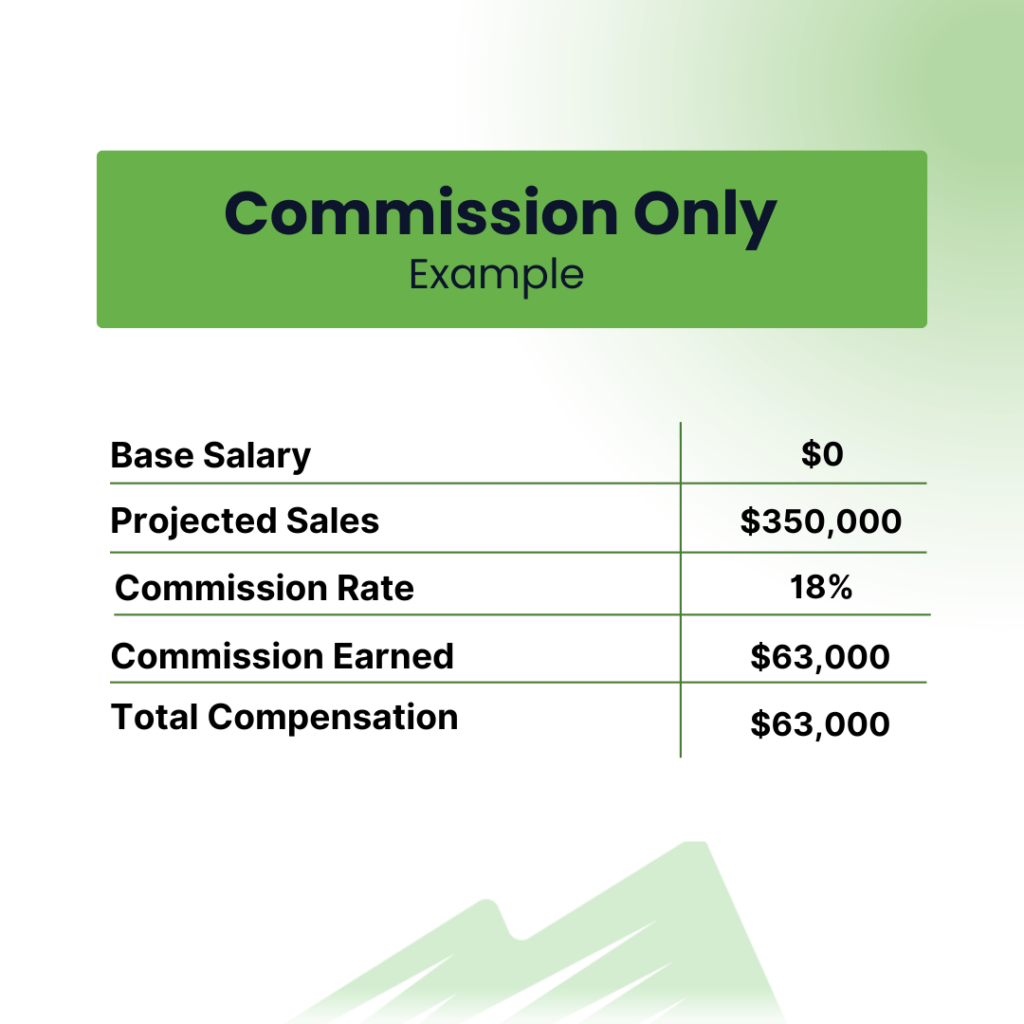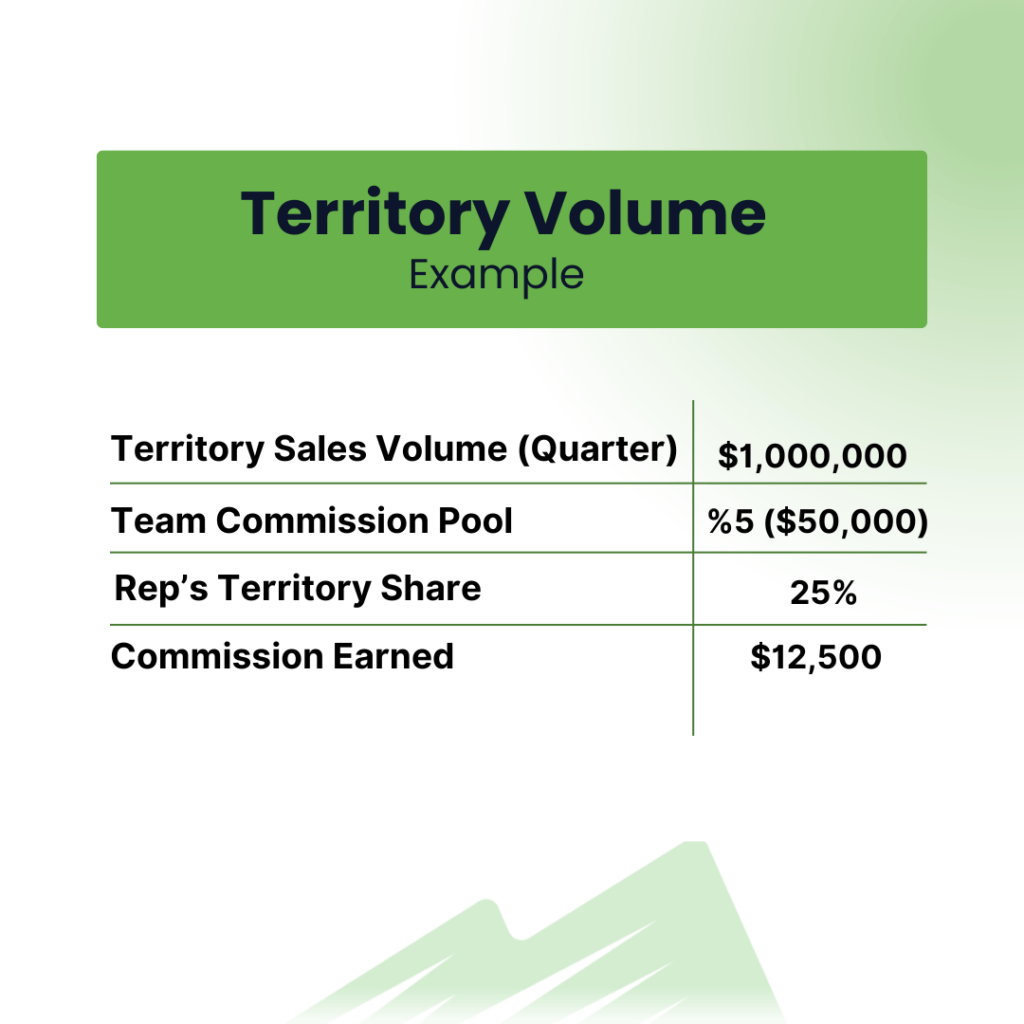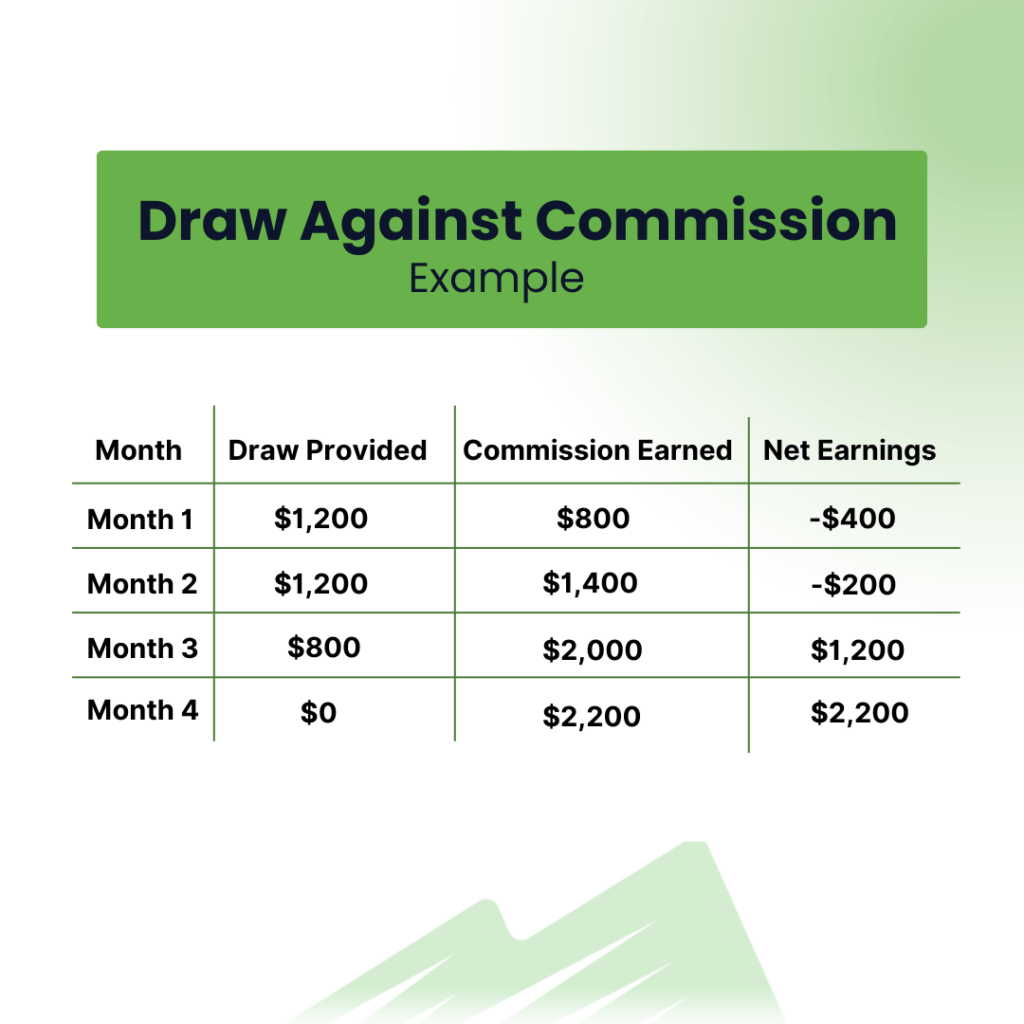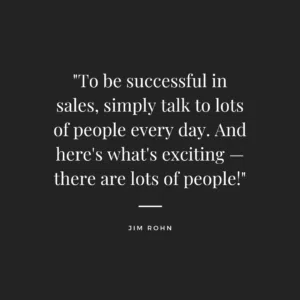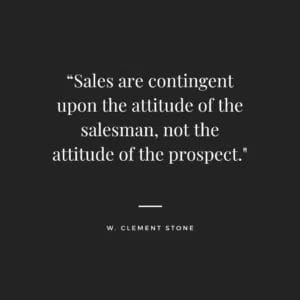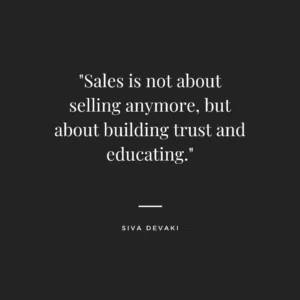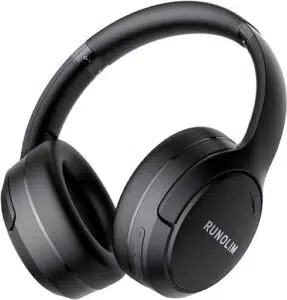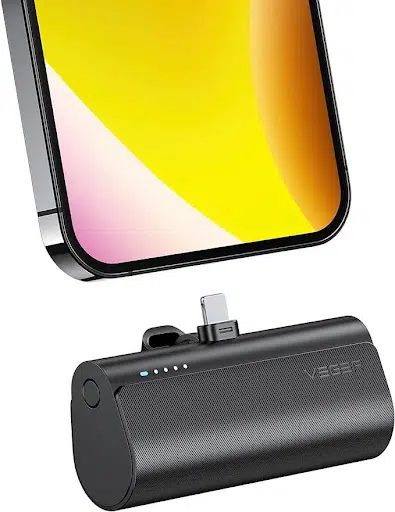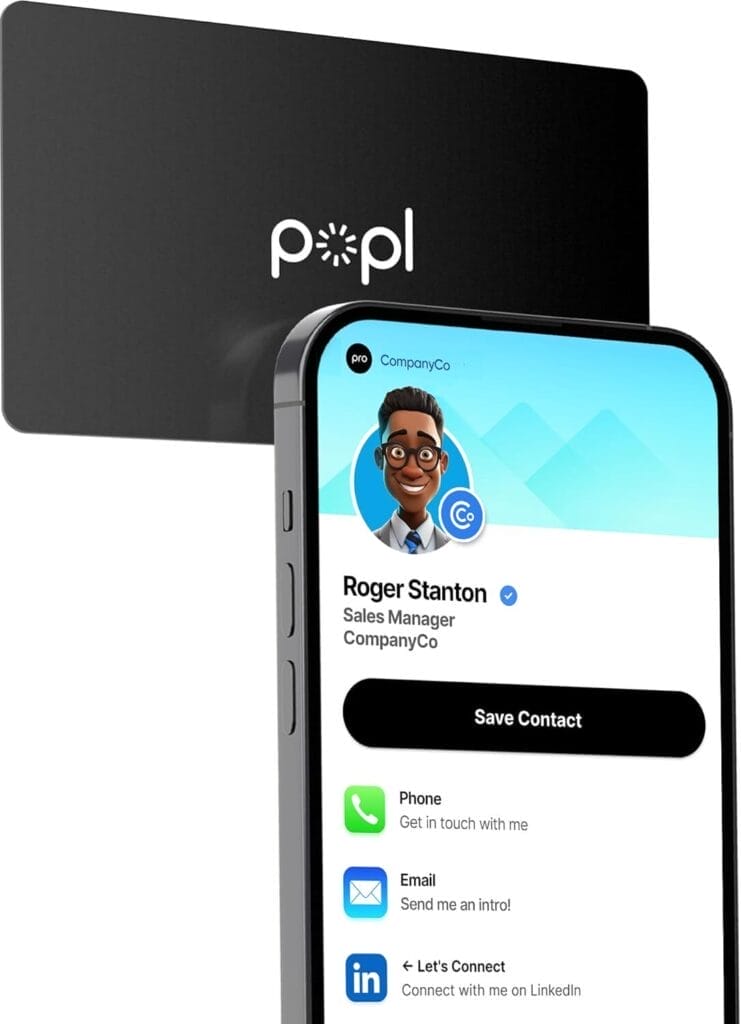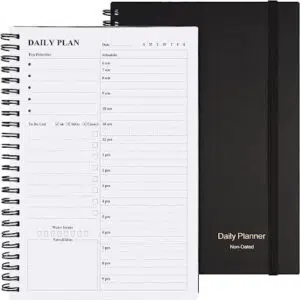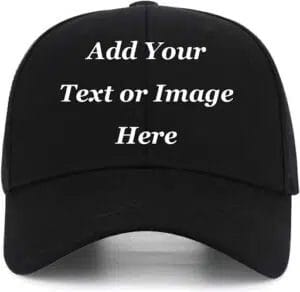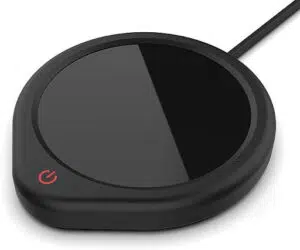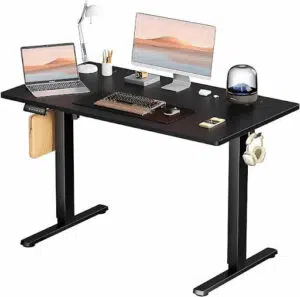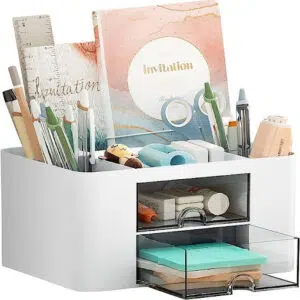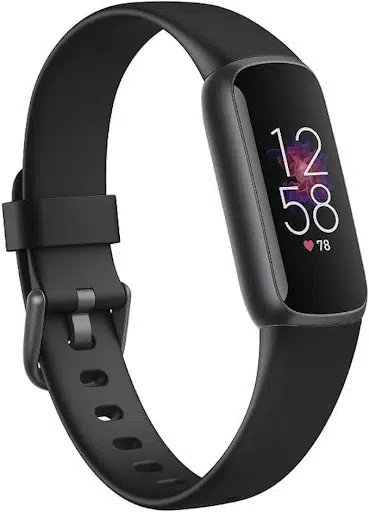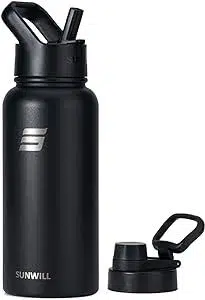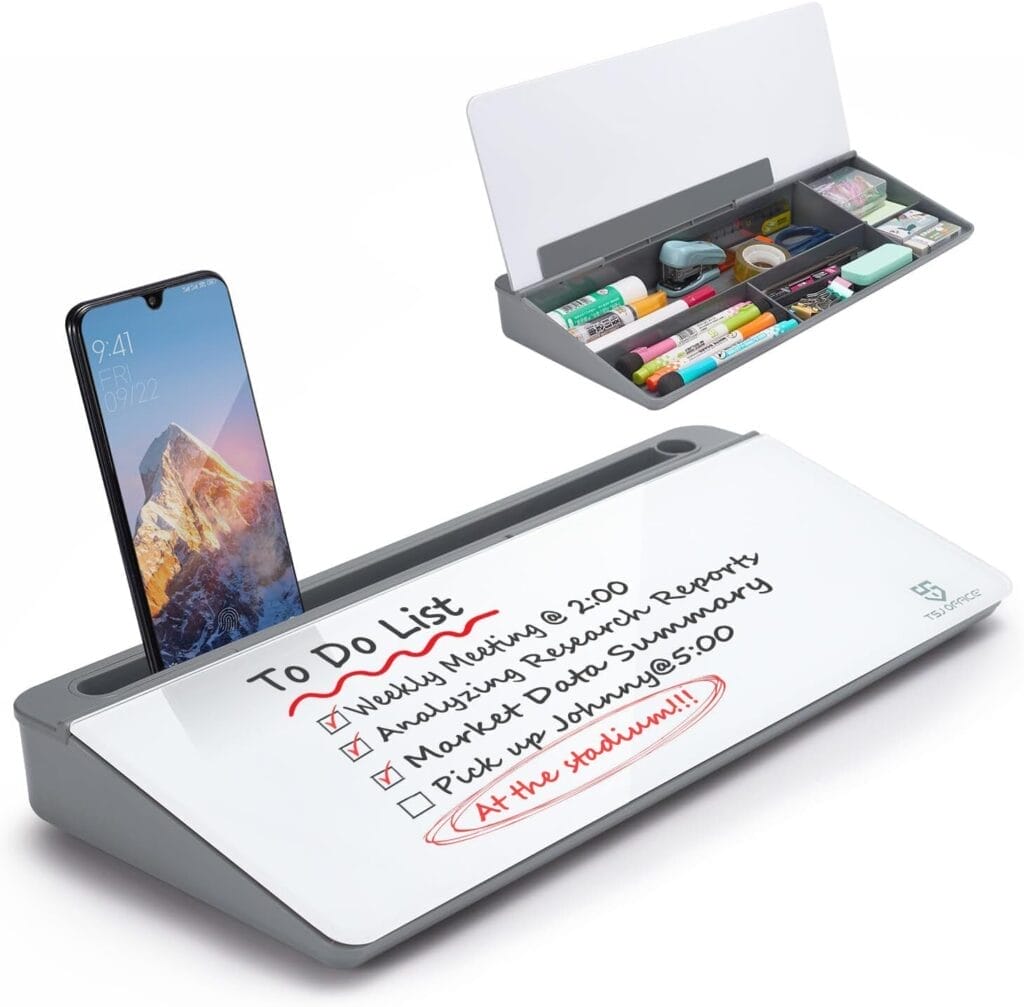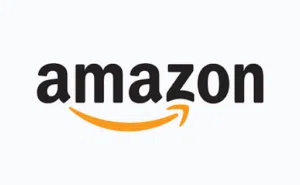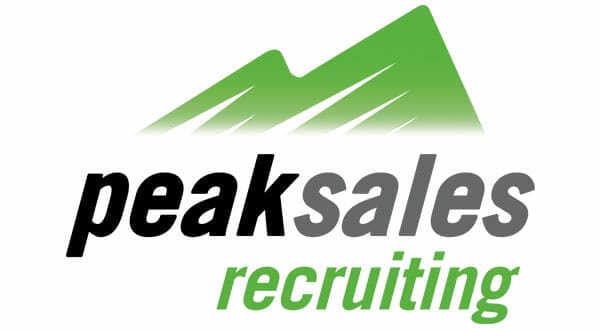To build a robust sales force and attract top sales professionals, it’s important to understand the distinction between inside and outside salespeople.
When it comes to building your sales team, one key decision you’ll face is whether to prioritize inside sales or outside sales. Both sales positions play a crucial role in driving revenue, but they employ different approaches. Understanding the difference between the two outside and inside sales models is essential for finding the right mix for your organization’s sales strategy and business growth.
What is Inside Sales?
Inside sales occurs within the office environment. This includes a salesperson’s remote home office setting or onsite at a corporation’s office space. Practices and tools such as cold calling, email marketing, social media platforms, web conferences, and CRM (Customer Relationship Management Software) platforms help inside sales professionals build relationships with new customers without the need for travel. An inside sales team is typically designed for sales velocity, volume, and a relatively lower cost of sale. Inside sales teams are often more flexible and can quickly adapt to changing market conditions, making them a valuable asset for teams in the B2B sales landscape.
What is Outside Sales?
Outside sales professionals often meet prospective clients face-to-face. Just as the name suggests an outside salesperson will be conducting the majority of their business outside the office. Outside salespeople may take virtual calls, but they will frequently travel to meet with clients in person in order to develop a strong customer relationship and build personalized sales experiences. An outside sales person will use similar tools to an inside sales rep, such as a CRM platform. But the way they go about using these tools is reflective of their in-person sales style.
Want a deeper dive into the outside sales process? Check out our Outside Sales Guide and learn how to build an outside sales team for long-term success.
5 Differences of Inside vs Outside Sales
1. Product Complexity and Sales Cycle
When considering hiring inside sales vs. outside salespeople, it’s important to assess the product or service you’re selling. For products that can be explained simply or have a faster sales cycle at a lower price point, an inside sales approach may be appropriate. If you have a large product or services portfolio, inside salespeople can also identify opportunities to upsell or cross-sell additional products to existing customers. By understanding customer preferences and customer pain points, inside salespeople can effectively present relevant offerings. This ultimately helps your company maximize customer value.
Additionally, it’s helpful to use an inside sales agent if the decision-making process can be made by individuals, rather than requiring multiple stakeholder sign-offs. Industries that commonly utilize inside sales teams include B2C businesses and tech sales for SMB and midmarket companies.
On the other hand, outside sales teams excel in situations where the product or service being sold is complex and requires a longer sales cycle. If the offering has the following then an outside sales approach is more effective:
- A product and service.
- A high price point.
- Requires a multi-year commitment.
- Involves multiple stakeholders who need to sign off on the purchase.
Typical examples of industries that employ outside sales teams include enterprise software, IT services, and manufacturing/industrial solutions.
2. Buyer Persona and Decision-Making Roles
Inside sales teams often use digital communication strategies (ex: LinkedIn and Zoom). This means inside sales team’s target customers who are comfortable conducting business virtually. Or customers who prefer purchasing products or services without the need for in-person meetings.
Outside sales teams typically target large enterprises and high-value clients. These clients prefer a personalized sales approach. Because field sales reps travel to meet customers in person, they can often build strong relationships and deeply understand diverse customer needs and potential or existing customer requirements.
3. Key Performance Indicators (KPIs) That Define Success
When it comes to hiring an inside sales representative vs. outside sales representative, it’s important to consider the key performance indicators (KPIs) your organization will use to drive early success.
For an inside sales team, KPIs often emphasize activity. The number of outbound calls, emails, social media messages, and other actions. Track these actions on a daily/weekly/monthly basis to understand sales success. Metrics such as the number of calls required to secure a meeting with a client provide valuable insights into a company’s sales process. These metrics can help companies identify sales processes to fix, whether it’s refining pricing, product features, or providing direct coaching to improve performance.
KPIs for outside sales teams are often focused on building strong customer relationships. Success can be measured by tracking pipeline growth, the number of in-person customer meetings, and deal size.
4. What Technology and Travel Requirements Are Needed
Inside sales representatives require access to standard work essentials such as laptops and phones. They also need to meet customers and prospects on relevant communities such as LinkedIn.
Outside reps often require a combination of technology and travel arrangements that enable them to effectively engage with clients and prospects while on the go. They often rely on smartphones to access crucial information while traveling. Outside sales reps need efficient travel arrangements with support for travel expense tracking. Additionally, reimbursements for in-person networking events and client dinners is key. Both inside and outside sales teams also typically use a CRM system like Salesforce to effectively streamline lead management, enhance team collaboration, and track performance.
5. What Sales Skills Are Needed to Succeed
According to LinkedIn’s 2025 Skills on the Rise Report, companies are prioritizing human-centric skills like communication, adaptability, and leadership as rapid changes in technology reshape the way business is done. These capabilities are critical across most functions and are especially important for building relationships and driving performance in both inside and outside sales roles.
Inside reps need to be competitive, results-driven, and adept at establishing strong relationships with prospects. For outside sales reps, similar qualities apply, but at a strategic level. They require patience to navigate long sales cycles while maintaining discipline and assertiveness to keep deals progressing. Strong communication skills and the ability to develop creative solutions are essential for building long-lasting customer relationships and confidently closing enterprise-level sales.
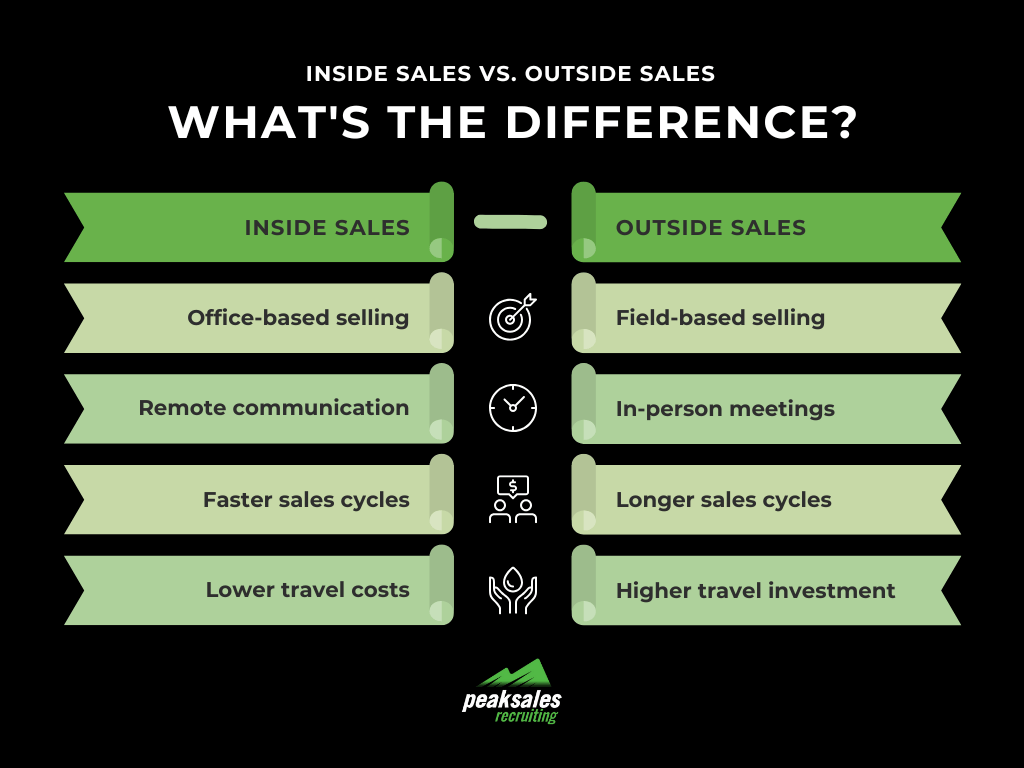
Which Sales Strategy is Right for You?
Today, many modern sales teams often adopt a strategic hybrid approach. The inside sales team will handle smaller, high-velocity transactions. The outside sales team will pursue large, complex enterprise deals. This strategy ensures a dual advantage:
- A consistent flow of predictable revenue generated by the inside team.
- Large wins achieved over time through the efforts of the outside sales team.
Whether you opt for inside sales, outside sales, or a combination of both, understanding the unique benefits and adapting your strategy accordingly will ensure the success of a high-performing sales team that continuously brings in revenue.
The Bottom Line
If you’re looking to build or strengthen your sales team with skilled salespeople , we’re here to support your hiring needs. As experts in providing B2B sales recruiting services for companies in the technology, software, healthcare, manufacturing and industrial sectors – we have an extensive network of exceptional inside and outside B2B sales representatives who are eager to help drive your company’s long-term growth strategy. Click here to contact us and kickstart your hiring process today.
Looking to grow your outside sales team?
Learn what to look for, how to assess top talent, and build a team that delivers. Read our guide on how to hire an outside sales representative.
Looking for inside sales or outside sales jobs? Check out our career portal for current openings.



